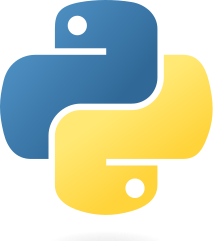Python Beginner to Expert/Introduction
Python is an open source, general purpose multi platform computer language.

Python is available for a variety of platforms including Windows, macOS, and a variety of Unix-likess including Linux.
Python comes preinstalled on Macs and often preinstalled on Linux. Although it is not preinstalled with Windows, it can be easily installed by downloading any version freely available at the Python.org website.
One of the characteristics of Python is that it can be embedded or linked to another application to create macros or extensions. Blender, Maya, ArcGIS are among the applications that use an embedded or linked version of Python.
Python was conceived as a cross between a shell scripting language and a full blown general purpose computer language. Like most shell scripting languages, it's interpreted. However, unlike shell scripting languages such as BASH, it has many features and extensions that give it nearly as much power as C and Java.
Syntactically, Python is similar to C with one notable difference: Code blocks are grouped by indentation rather than by surrounding the block with markers such as curly braces, making Python code clear and easy to read.
Python was originally created by Dutch programmer Guido van Rossum around 1990. Van Rossum's choice of names for the language was inspired by his taste for the British TV comedy series Monty Python.
Python has been steadily enhanced and improved over the years. Due to its open source nature, enhancements have been provided by a large number of contributors from all over the globe.
The two major revisions in common use today are the 2.X series and the 3.X series. This book will focus on the 3.X series.